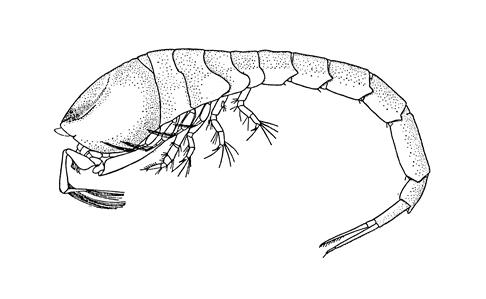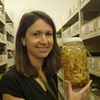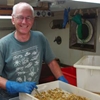General Description
First antenna not strongly geniculAte, joints not at all globose. Basis of pereopod 1 with distal lobe. Pleon not ridged. Telson fused to pleonite 6, tesonic somite well produced posteriorly.
Biology
Cumaceans burrow into the surface of sandy and muddy sediments but can also be found in the sediment trapped among macroalgae. At night especially cumaceans can be active swimmers in the open water and this is probably where mating occurs. Food is obtained by filtering water just above the sediment and grazing on the surface of sand grains. Cumaceans can be dug out of sandy sediment but the most effective way of catching them is by attracting them to lights at night.
Habitat
Mud, fine silt, clay and sand, to depths of 75 m..
Soft substrates
Distribution guide
Southern temperate oceans, including Australia and New Zealand.
Species Group
Depth
Shallow (1-30 m)
Deep ( > 30 m)
Water Column
Max Size
9 mm
Diet
Organic matter
Commercial Species
No
Global Dispersal
Recorded in Australia
Species Code
MoV 42
Conservation Status
- DSE Advisory List : Not listed
- EPBC Act 1999 : Not listed
- IUCN Red List : Not listed






